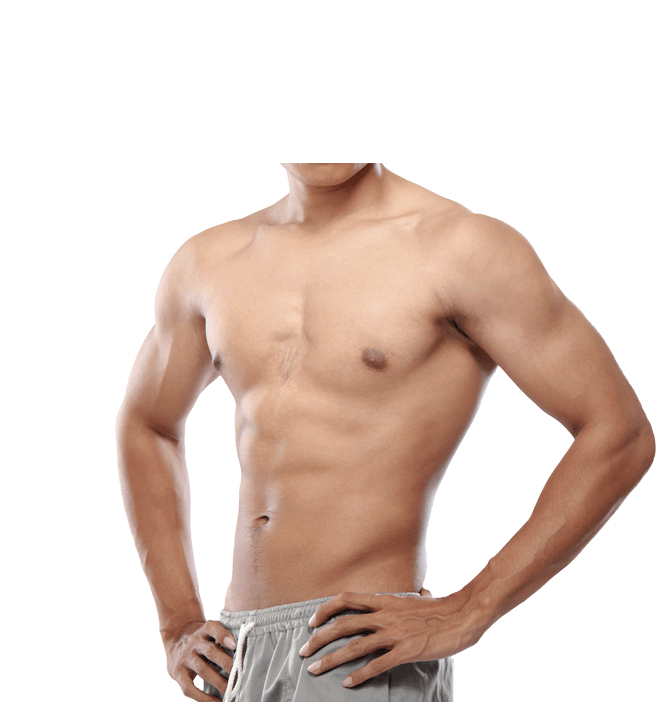Liposuction for Men
Reduce fat & refine your physique with the #1 body sculpting procedure
Are you frustrated with fat pockets that won’t budge, no matter how much time you spend at the gym? Getting rid of annoying fat bulges isn’t always as simple as sticking to a healthy diet and logging X number of burpees. We’re each genetically programmed to store fat in certain areas—commonly the belly, lovehandles, chest, back, or chin. The older we get, the harder it is to reduce fat in these trouble spots.
Instead of fighting genetics, why not outsmart it? Liposuction can remove excess fat cells from specific areas of your body, helping you gain a slimmer, firmer physique. Liposuction can also be a great option to treat gynecomastia, or enlarged male breasts, in male chest reduction surgery. Bellevue cosmetic surgeon Dr. Alex Sobel is highly experienced in liposuction for men and specializes in advanced techniques designed to maximize safety and results and minimize recovery time.
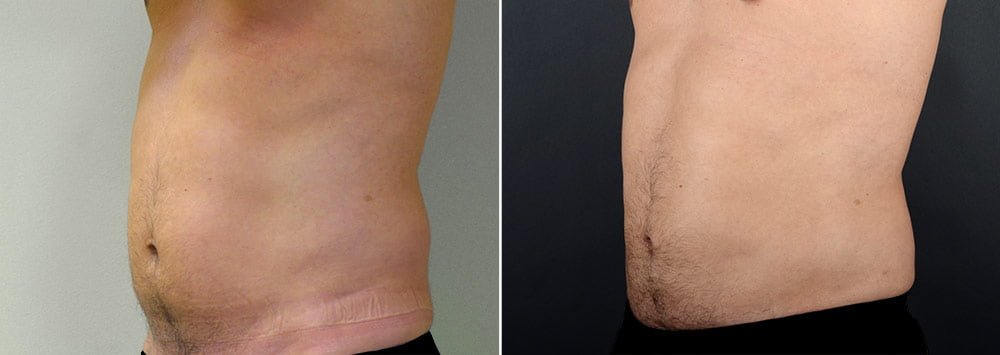
About liposuction surgery in Seattle
Dr. Sobel performs liposuction using either general anesthesia or local anesthesia with sedation, depending on the extent of surgery and your preferences. He is skilled in a variety of liposuction techniques, including high-definition (HD) tumescent liposuction, which incorporates an anesthetic fluid to minimize post-procedure swelling and discomfort and assists Dr. Sobel in achieving a more “chiseled” appearance to your abs and other muscles.
Because he uses very thin tubes (cannulae) to remove unwanted fat and sculpt an area, Dr. Sobel can perform liposuction through tiny slit-like incisions, typically < 3 mm in length. Once healed, these incisions are usually undetectable to others.
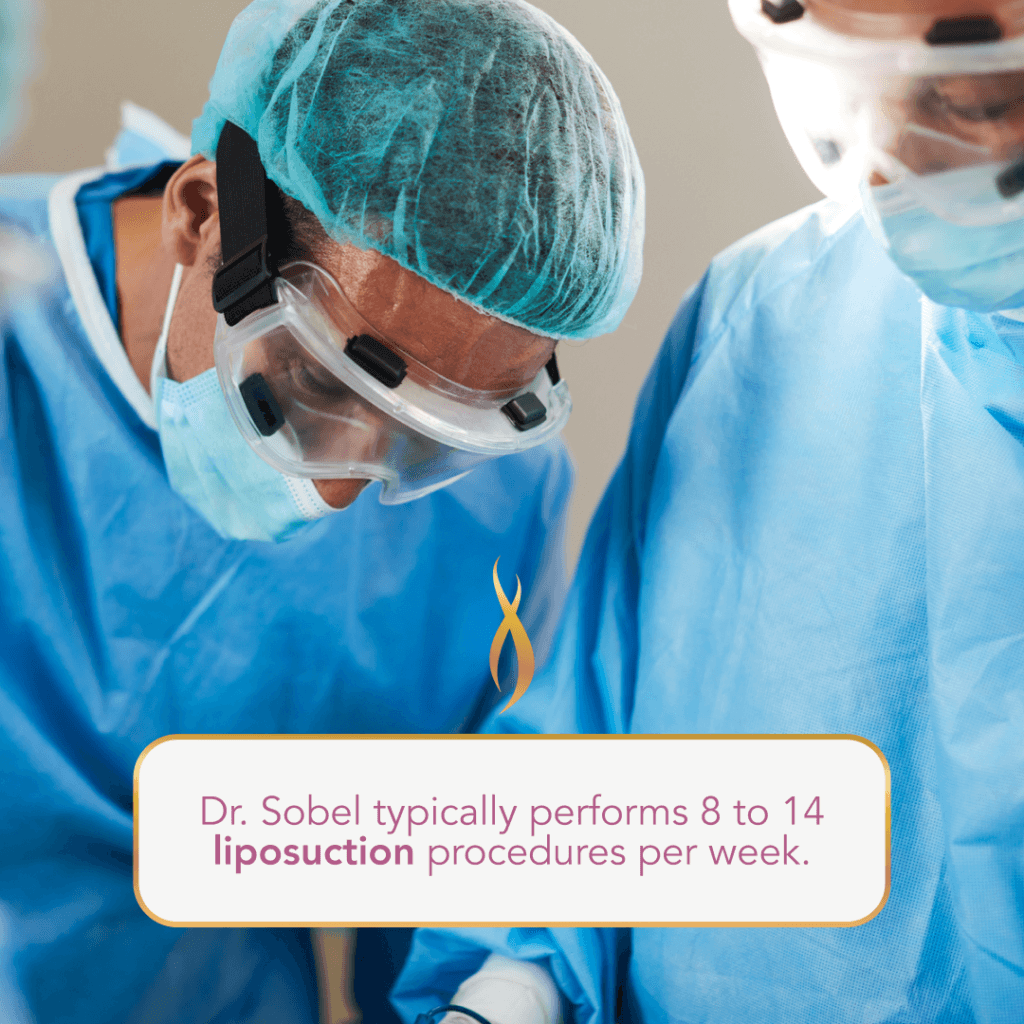
“Dr. Sobel and his entire staff are terrific. Very positive results and experience. Dr. Sobel takes the time to find out what you want and expect. He is a skilled surgeon with fantastic results.”
- Key Benefits
- Glossary
- Targeted Fat Reduction: Liposuction effectively removes stubborn fat deposits from targeted areas such as the abdomen, thighs, hips, buttocks, arms, neck, and chin.
- Improved Body Contours: By removing unwanted fat, liposuction can significantly enhance body contours and create a more balanced and proportionate figure.
- Permanent Removal of Fat Cells: The fat cells removed during liposuction are permanently eliminated, which means these specific areas are less likely to accumulate fat in the future.
- Minimal Scarring: Liposuction involves small incisions, leading to minimal scarring compared to more invasive surgical procedures.
- Quick Recovery Time: Recovery from liposuction is generally faster than with more invasive surgical body contouring procedures.
- Complements Weight Loss Efforts: While not a weight-loss solution, liposuction can complement a healthy lifestyle and weight loss efforts by removing localized fat that is resistant to diet and exercise.
- Improved Clothing Fit: Many patients find that clothes fit better and are more flattering after liposuction.
- Versatile Treatment Areas: Liposuction can be performed on various parts of the body, making it a versatile option for body contouring.
- Can Be Combined with Other Procedures: Liposuction is often combined with other cosmetic surgeries, such as tummy tucks or breast reductions, for enhanced overall results.
- Adipose Tissue: The body’s fat tissue, which is targeted and removed during liposuction.
- Anesthesia: Medication used to prevent pain during surgery. In liposuction, this can be local (numbing only the area being treated) or general (patient is fully asleep).
- Aspiration: The process of removing fat during liposuction using a suction device.
- Awake Liposuction: A liposuction technique performed while the patient is awake, using local anesthesia instead of general anesthesia. This approach allows the patient to remain conscious and minimally sedated, reducing some risks associated with general anesthesia.
- Body Contouring: A cosmetic surgical procedure aimed at reshaping and refining the body’s appearance. While liposuction primarily focuses on fat removal, body contouring can involve a variety of procedures, including liposuction, to enhance the overall shape and contours of the body.
- Cannula: A thin, hollow tube used to break up and suction fat out of the body during liposuction.
- Compression Garment: A special garment worn after liposuction to help reduce swelling, provide support, and help with the contouring of the body.
- Contour Irregularities: Changes in the skin surface that may occur after liposuction, including lumpiness, dimpling, or wavy appearance.
- Fat Embolism: A rare but serious complication where loosened fat enters the bloodstream and blocks blood flow.
- Fat Removal: The process of removing excess fat from specific areas of the body. In liposuction, fat removal is achieved through the use of a cannula and suction device, targeting areas where fat tends to accumulate, such as the abdomen, thighs, hips, and arms.
- Infiltration Fluid: A saline solution, often with added medications such as anesthetics and epinephrine, injected into the fat before liposuction to minimize blood loss and pain.
- Laser Liposuction: A technique that uses laser energy to liquefy fat before it is removed. Also known as laser lipolysis.
- Lidocaine: A local anesthetic commonly used in the infiltration fluid during liposuction to reduce pain.
- Lipo: A colloquial term for liposuction.
- Lipolysis: The breakdown of fats and other lipids by hydrolysis to release fatty acids, a process that liposuction mechanically aids.
- Microcannula: A very small cannula used in liposuction to target smaller areas or for more detailed contouring.
- PAL (Power-Assisted Liposuction): Liposuction technique using a cannula that moves in a rapid back-and-forth motion, allowing for more efficient fat removal.
- Recovery Period: The time required for healing after liposuction, involving rest, avoiding strenuous activities, and following post-operative care instructions.
- SAL (Suction-Assisted Liposuction): The most traditional form of liposuction where fat is suctioned out through a cannula.
- Seroma: A pocket of clear fluid that sometimes develops in the body after surgery, including liposuction.
- Tumescent Technique: A liposuction method involving the injection of a large volume of diluted local anesthetic and other medications into the fat, making it swollen and firm, and reducing blood loss.
- UAL (Ultrasound-Assisted Liposuction): A liposuction technique that uses ultrasonic vibrations to liquefy fat cells before removal.
- Vaser Liposuction: A specific type of ultrasound-assisted liposuction known for its ability to target fat while preserving other tissues.
- Wet Technique: A liposuction method where a small amount of fluid is injected into the area to loosen fat and reduce blood loss.
How long is recovery after liposuction?
Pain is typically minimal after liposuction; most patients say they feel intense soreness for several days, similar to how they feel after a hard workout. You will need to mostly rest and avoid strenuous activity for the first few days and wear a compression garment for up to 6 weeks to help control post-procedure swelling and discomfort and help your new, slimmer shape heal optimally.
Patients with a desk job are typically ready to go back to work within 3 days, and workouts can be gradually resumed beginning 2 to 3 weeks after surgery. Significant improvements are noticeable within the first month, and final results are typically in place within 6 months. Dr. Sobel will provide specific instructions for your recovery during your pre- and post-op appointments.
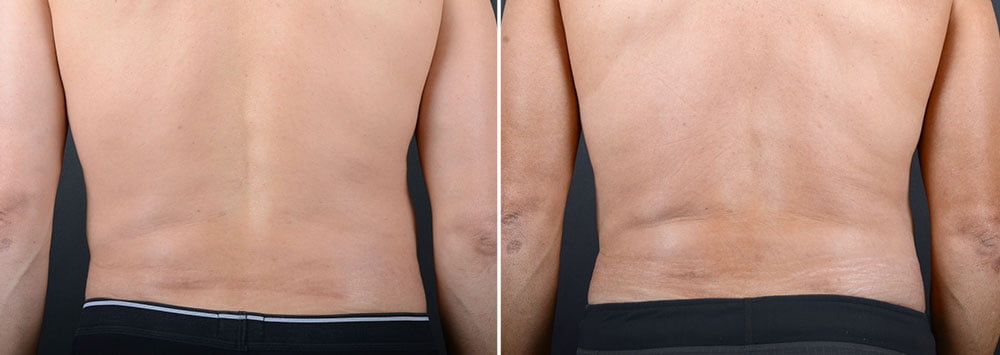
Am I a good liposuction candidate?
If you are bothered by stubborn fat deposits on your face and body, liposuction can be an effective, long-lasting solution. However, it’s not a catch-all body contouring procedure. You’ll get the best results if:
- You want to reduce fat in specific areas, such as: belly, lovehandles, back, chest, knees, calves, double chin, etc.
- You are at or near your ideal body weight. Liposuction is not a weight loss procedure.
- Your weight is reasonably stable. Significant weight fluctuations can detract from your results.
- You have good skin contraction. Loose, excess skin cannot be addressed with liposuction; in fact, removing fat in areas with loose skin can make skin laxity worse.
During a private consultation, Dr. Sobel can go over the expected results with liposuction and help you make a confident decision about your procedure options.
Frequently Asked Questions about Liposuction
Will I have to wear a compression garment afterwards?
Normally, the garment must be consistently worn for two weeks, then reduced to 12 hours per day for the remaining 4 weeks of the healing process. This can vary from person to person.
When can I resume working out or doing strenuous activity?
You may start light exercises within 5 days, and gradually build up to your normal exercise routine over the next two weeks.
Is there any scarring after liposuction?
Dr. Sobel’s liposuction incisions are so small they do not even require a suture, and leave nothing more than a tiny mark. The marks usually fade away with time.
Will there be excess skin left behind after liposuction?
This depends on the elasticity of each individual’s skin and how much fat is removed from a given area. Dr. Sobel will discuss any concerns and recommend the correct procedures during your consultation. Often, a tummy tuck is the best option for patients with lax or sagging skin in the abdomen.
Is liposuction effective in treating cellulite?
No, liposuction is not effective at treating cellulite.
Why Trust Dr. Sobel with Your Male Lipo Procedure
Dr. Sobel is certified by the American Board of Cosmetic Surgery and the American Osteopathic College of Otolaryngology. Over the years, Dr. Sobel has performed thousands of cosmetic procedures for men, including chin enhancement and facelifts for men. He has not only served as an examiner and Trustee for the American Board of Cosmetic Surgery, and a fellow of the American Academy of Cosmetic surgery, but he has also been a major contributor in researching and developing the fat transfer procedure, and has mentored several surgeons, training them in the art of cosmetic surgery. Dr. Sobel is specifically interested in body contouring procedures such as breast augmentation and breast lift procedures.
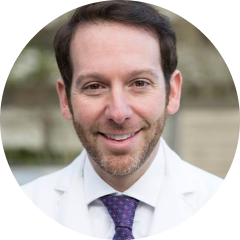
Reviews for Anderson Sobel Cosmetic
![]()
"I came into Dr. Sobel’s office for a rhinoplasty revision consultation. I had ... read more"
![]()
"I am so happy to have found this Dr. He did my surgery and fillers. I’ve never... read more"
![]()
"Dr. Sobel and his staff are all amazing. They took the time to meet and care for... read more"

Medically reviewed by Dr. Alexander Sobel — Updated on Oct 23, 2024
